|
|
|
|
|
|
Sculptor Sabin Howard on a mission to effect lasting social progress through art
Hough, Cobbs, Theres honored by U.S. Army Women’s Hall of Fame for Hello Girls work

Attorney Mark Hough (left), who succeeded in 1978 in lobbying for Congressional recognition for the Hello Girls' military service, nearly fifty years after their return from WWI, was one of three people recognized by the U.S. Army Women’s Foundation as they inducted, collectively, the U.S. Army Telephone Operators of World War I -- AKA the "Hello Girls" -- into the Army Women’s Hall of Fame March 7th on Capitol Hill. Along with Hough, also recognized were Elizabeth Cobbs, author of the definitive "Hello Girls" book, and Jim Theres, director of the award-winning documentary, “The Hello Girls”. Click here to read more about the ceremonies honoring the Hello Girls, and the three special partners of the United States World War I Centennial Commission in the Task Force for gaining Congressional Gold Medal recognition for the Hello Girls.
|
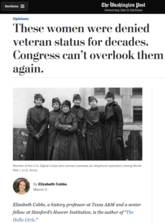
Also last week, Elizabeth Cobbs brought the Hello Girls message to a broader public audience. Cobbs published an OpEd in the Washington Post that urged Congress to support the measure introduced by Senators Jon Tester (D-Mont.) and Marsha Blackburn (R-Tenn.) to honor the women of the WWI U.S. Army Signal Corps Signal Corps with the Congressional Gold Medal. Click here to read the OpEd and find out more about the proposed Congressional Gold Medal.
|
From the World War I Centennial News Podcast
Remembering Veterans:
Writer Elizabeth Foxwell on the Roles & Experiences of Women in the Great War
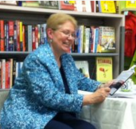
In March 8th's edition of the World War I Centennial News Podcast, Episode 113, host Theo Mayer spoke with writer Elizabeth Foxwell about stories and experiences of female service in WWI, many of which have been neglected or forgotten. Foxwell, a journalist and author focusing on the stories and neglected accounts of and by women who served in various roles in the war. Click here to read a transcript of the entire interview.
|
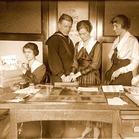
Episode 113
Highlights: Women's Diverse Roles
Host - Theo Mayer
100 Years Ago This Week - Host | @02:15
Getting to a League Of Nations Draft - Mike Shuster | @10:35
Being Hospitalized in France - Dr. Edward Lengel | @14:30
“Digital Technology and the Sculptor’s Art” Part 2 - Host | @20:50
Courtesy of the author: Traci Slatton
K9 Veterans Day and Our Poll | @35:15
Women’s Diverse Roles in WWI - Elizabeth Foxwell | @37:15
Hello Girls Documentary Update - Jim Theres | @45:05
|

Writing in the Post-War World of Agatha Christie
By Christopher Huang
Agatha Christie has won the world over with her fabulous detective novels and her star character, Hercule Poirot.
Less renowned is her time in WWI as a nurse, an experience that, without a doubt, inspired her narrative universe. Christopher Huang, the author of A Gentleman's Murder, a detective story about a murder in a gentlemen's club of British 1914-1918 veterans, discusses the influence of WWI on Agatha Christie's work. Uncover Huang's post about one of the greatest detective writers of all time at WWrite this week!
|

A man is only missing if he is forgotten.
Monday's Doughboy MIA this week is Private Percy E. Southard. Born in March, 1897, the son of Henry and Minerva Southard of Reidsville, North Carolina, Private Percy Southard was already a member of the 3rd Regiment of Infantry, North Carolina National Guard, when America entered WW1 in April, 1917. His unit – Company G of Reidsville – was federalized on 06AUG1917 and sent to Camp Sevier, South Carolina to prepare for overseas service. There the company became Company G, 120th Infantry Regiment, 30th Division. Fighting strength for the units of the 30th were then built up by drafts of men coming in from Camps Jackson and Taylor. Private Southard shipped ‘Over There’ on 12MAY1918 aboard the transport Bohemian, departing from Boston, Mass. Overseas, the division was brigaded with the British, first in the Ypres Sector up in Belgium. By August, however, they had been transferred to the British 4th Brigade, in the Somme Sector, to take part in the coming ‘Final Offensive.’
At 5:50 am on 29SEPT1918, the 120th Infantry was sent over the top in the area of Bellicourt, near the St. Quentin Canal. It was a section of the line the Germans believed impossible to break and the fighting was intense. Nevertheless, by 11:45 am that day the 120th had taken Bellicourt. The price had been high though – of the 250 man Company G, some 120 of them had been killed or wounded. One of the killed was Private Percy Southard. Nothing further is known of his case at this time.
His death was announced in the papers back home on 01NOV1918, while his father did not receive official word until 12NOV1918. His mother had died (ostensibly of TB) in June, 1918, while Percy was overseas.
Want to help solve Pvt. Southard’s case? Consider making a donation to Doughboy MIA and help us make a full accounting of the 4,423 American service personnel still listed as missing in action from WW1. Make your tax deductible donation now, with our thanks.
|
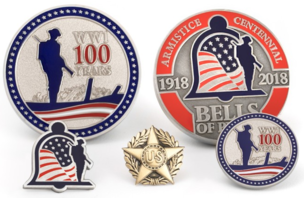 |
Collect all commemorative coins and lapel pins in one purchase, with a nice discount!
- Coins: Each piece is die-struck, bronze alloy, with nice gravity (unlike cheaper zinc coins)
- Enamel inlay provides premium detailing and finish
- Each coin and pin comes with its own commemorative packaging, adding value and gifting appeal.
This collection includes a WWI Centennial Coin, Centennial Lapel Pin, Bells of Peace Commemorative Coin, Bells of Peace Commemorative Lapel Pin, and U.S. Victory Lapel Pin.
This and many other items are available as Official Merchandise of the United States World War One Centennial.
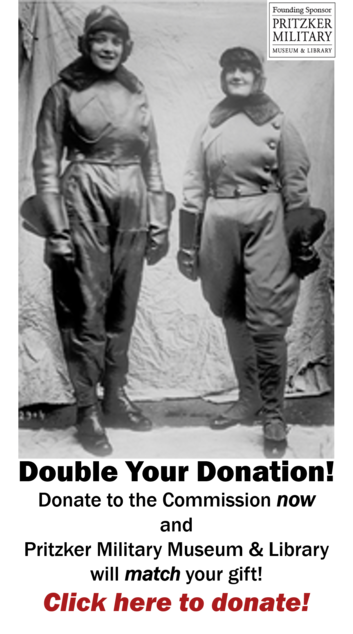
|
|
|
|
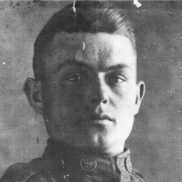
Submitted by: Lydia Luza Mousner {granddaughter}
Vincent A. Luza was born in 1895. Vincent Luza served in World War I with the United States Army. The enlistment was in 1918 and the service was completed in 1920.
Story of Service
Vincent Aloysius Luza was born on May 2, 1895 in Bryan, Brazos County, Texas. His parents, Vincent and Mary Luza, and grandparents, Baltazar and Francis Gibble Luza, immigrated through the Port of Galveston in 1873 from Praha, Moravia. He was also the grandson of Frank and Angelina (Honozak) Luza. V.A.
Luza attended Allen Academy in Bryan, Texas. He was drafted into the army in 1918 and was assigned to the 344th Field Artillery in Battery F at Camp Travis, TX.
On March 4, 1918, the regiment with its two batteries of guns and six hundred-odd animals marched out to Camp Bullis (Leon Springs) for target practice. It was at Camp Bullis that reconnaissance gun squads were first able to put into practice their gun drill, which had in the beginning been executed on make-shift carriages of wood and later perfected by work on the eight three-inch pieces which had been assigned to the regiment.
|
|
|
|
|